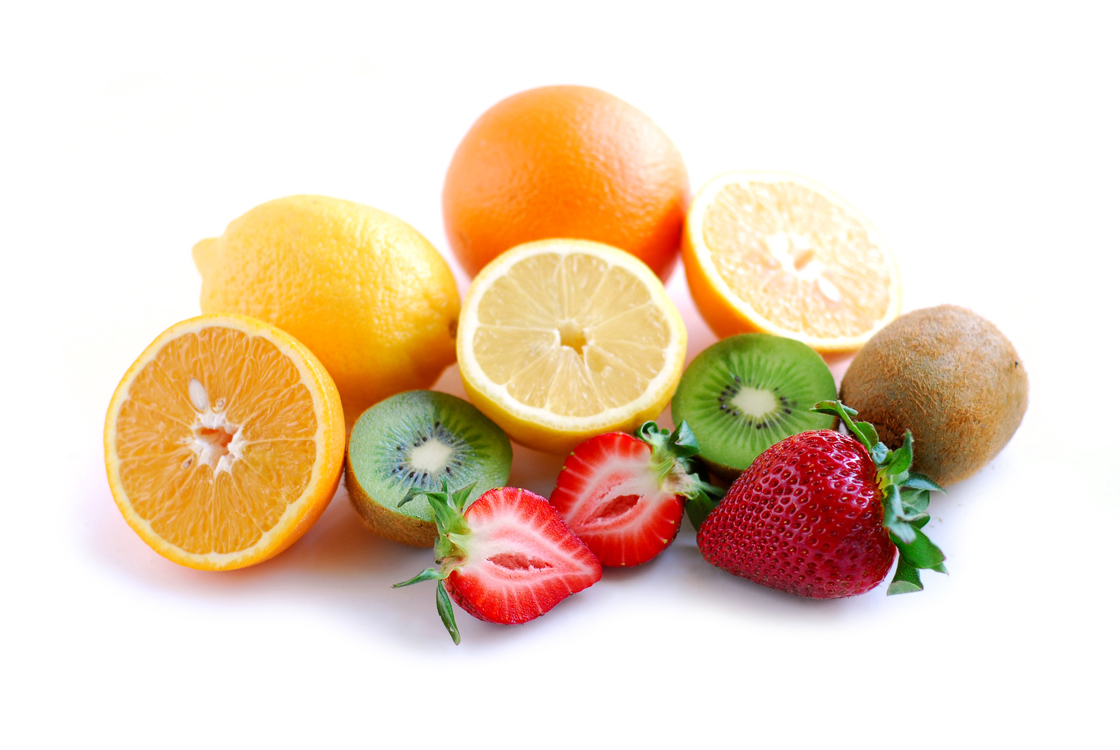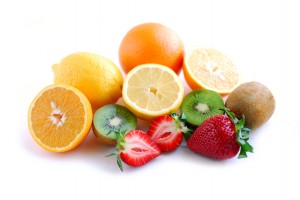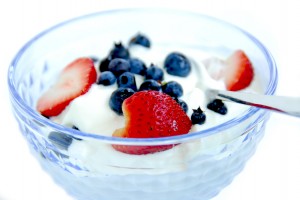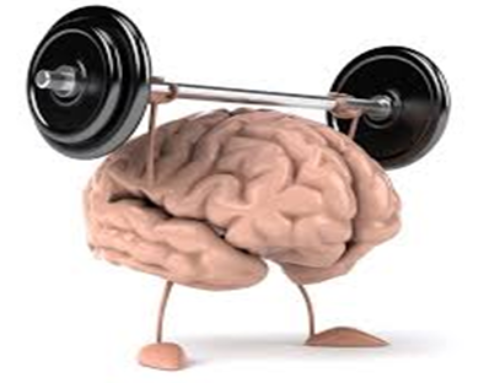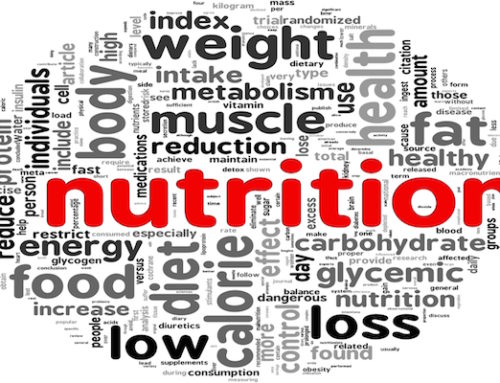The DANGERS of detox diets, and how to detox the right way after the silly season.
By Chris Fonda BSc(Exer&SprtSc), A.Nutr
It’s that time of year where we all hear the word “detox” and “detox diets”. We’ve heard it all before but is it really necessary and is it safe to embark on a detox diet to “detoxify” the body and “cleanse” it after the silly season? The truth is that detox diets are really just cleverly marketed and often have no scientific-evidence to back up their claims, no matter how good it sounds. Many detox products and companies claim that harmful substances in our food and environment build up in our bodies and cause negative health effects such as obesity, fatigue, headaches and certain diseases.
The truth is that our bodies are well equipped to cleanse the body of toxins on its own. While there are medical conditions that can interfere with organ function which can lead to a build up of toxins, in healthy people organs such as the liver, kidneys, gastrointestinal tract and to a lesser extend the lungs and skin have the remarkable ability to naturally detoxify the body often within hours after eating. From a nutritional standpoint, detox diets often promote complete exclusion of certain core food groups (common groups are meat, dairy and breads and cereals) which contain important nutrients that the body needs to function at its best. Our digestive systems do not need a “break” and, in fact, fasting for long periods can slow down the production of enzymes needed to break down and digest our food. Quite often when people resume eating a normal diet they can experience unpleasant side effects such as gas, bloating and diarrhoea. I hear you say, but that’s just the toxins being removed right? Wrong. We know that patients in hospital who have been fed intravenously have difficulty digesting and absorbing nutrients after they resume eating and diarrhoea/malabsorption can occur. This is due to the intestinal lining wasting away and reduced production of enzymes needed for digestion.
Long term fasting can also lead to vitamin and mineral deficiencies, breakdown of muscle protein, blood sugar problems, possible liver damage as well as uncontrollable bowel movements, all unpleasant draw backs of such restrictive diets. The bottom line is that our gut is supposed to work. Starving it of nutrients can be harmful and cause the body more stress. Like muscle, if we don’t use it, we lose it. While some claim that they feel more energised during their detox program, long term studies in starvation show that prolonged fasting can lead to fatigue and less focus. The key to feeling more energised is to include plenty of healthy nutritious foods in your daily eating plan and to avoid any unhealthy nutrient poor foods.
Below are my following tips on how to detox the right way. It may not be as glamorous as a celebrity detox plan or promise rapid weight loss, but if followed, will lead to a much more healthier and safe alternative of cleansing your body proven by scientific evidence.
 Tip 1 – Increase Your Water Intake
Tip 1 – Increase Your Water Intake
- Water helps to get rid of toxins and waste products from the body and is essential for life to occur and for the body to function at its best. Try and aim to drink at least 2 litres of water each day. This amount doesn’t have to just come from the tap or drink bottle, water is also found in foods such as fruits, vegetables and in drinks such as tea and coffee. Everybody has a different fluid requirement but as a general rule you should be drinking around 35-45 mL per kilogram of bodyweight each day (a 70kg male will need between 2.4 to 3.1 litres/day). Another guide to see if you are drinking enough is to check the colour of your urine. If it is pale yellow and doesn’t have a strong smell than your drinking enough and are well hydrated. If it is dark yellow or golden with an offensive odour, you need to drink more water!
Tip 2 – Bulk Up Your Meals With Fibre
- We all know that getting enough dietary fibre is beneficial to bowel health and can help to prevent constipation, diverticular disease and colon cancer, but it can also leave us feeling fuller for longer assisting with weight management. Fibre is the indigestible parts of plants which escape digestion and have beneficial effects on the digestive system. There are three main types of fibre; soluble, insoluble and resistant starch. Soluble fibre is the type of fibre which gives bulk to your stools and has gel-like properties. It’s the fibre which can help to lower cholesterol by binding with it in the gut ready for excretion. Soluble fibre is found in foods such as oats, legumes (beans, peas, soybeans), apples, bananas, berries and psyllium. Insoluble fibre keeps you regular by increasing the movement of material through the digestive tract. Foods containing insoluble fibre include wheat based foods, bran, nuts, seeds and the skins of some fruits and vegetables. Finally there is resistant starch (RS). This type of fibre also escapes digestion and provides a valuable food source (pre-biotics) for the good bacteria in our gut to ferment which releases short-chain fatty acids and butyrate. These substances help to protect the bowel against cancer and keep the bowel healthy. RS is found in foods which have been cooked and cooled such as potato, rice, and pasta (e.g. pasta/rice and potato salads) as well as pulses, whole-grains, sweet corn, and green bananas. So how much fibre should you have each day? For women and men aim for 25-30 grams per day. Make sure you include wholegrain breads, cereals, rice, pasta, quinoa, oats and other grains to your breakfast, lunch and dinner with plenty of fruit, vegetables, legumes, lentils and nuts and seeds included in your daily healthy eating plan.
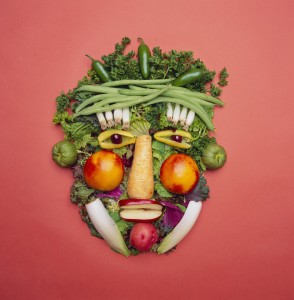 Tip 3 – Aim For 2 And 5 Every Day
Tip 3 – Aim For 2 And 5 Every Day
- We’ve heard it before and it’s been around for years, the good old two fruit and five vegetables catchphrase. Research has shown that Australians are generally doing ok with their fruit, but are still falling short of their five vegetables. Fruit is so versatile so why not top up your breakfast cereal with fruit instead of sugar for sweetness, include as a snack for morning or afternoon tea and combine with some low-fat yoghurt or custard for a healthy dessert. Remember that one serve of fruit equals 150g or 1 medium piece of fruit (apple, banana, pear) or 2 small pieces of fruit (kiwi fruit, apricots, plums) or 1 cup of tinned fruit salad. Often when I see clients, a common question asked is how to include my 5 serves of vegetables in each day? A serve of vegetables is 75g or 1 cup of salad vegetables (lettuce, tomato, cucumber, capsicum, mushrooms etc) or ½ cup of cooked vegetables (broccoli, cabbage, cauliflower, carrots, beans, peas, corn, beans etc). If you simply bulk up your hot breakfast with mushrooms, tomato and/or spinach, include around 1 cup of salad to your lunch sandwich and fill ½ your dinner plate with cooked vegetables you have already reached your 5 serves, sometimes even more for the day.
Tip 4 – Limit Caffeinated Beverages And Alcohol
- Did you know that by just cutting out alcohol or limiting your intake that you can lose weight without even changing your current dietary habits? That’s right alcohol does contain kilojoules (energy) and that is before you add your favourite mixer. Alcohol contains 29 kJ per gram with a single standard drink containing around 10g of alcohol. This means that if you order a spirit mixer you will be consuming 290 kJ even before you add the soft drink. Most bottled drinks generally contain more than a standard drink and bartenders rarely pour a single standard drink whether it’s wine, or beer with the exception of spirits. So if you drink regularly you could be self-sabotaging your weight loss efforts. Alcohol provides nothing more than excess energy (kilojoules/calories). It doesn’t contain any vitamins or minerals and is toxic to the body, in particular the liver. Long term alcohol abuse can lead to liver disease, kidney disease and cancer of the upper respiratory tract including the mouth, throat and stomach. The National Health and Medical Research Council (NHMRC) recommends that if you are going to drink that you do not exceed 2 standard drinks on any day for both men and women and no more than 4 standard drinks in a single occasion.
- Caffeine is classed as a stimulant and acts on the brain and nervous system. It is found in many products such as tea, coffee, energy drinks, soft drinks and chocolate. In small amounts it can make you feel more focused and refreshed by working in a similar way to the hormone adrenaline. It stimulates the adrenal glands to release adrenaline increasing your breathing and heart rate accompanied by a short burst of energy. Chronic long-term caffeine use can lead to fatigue, feelings of anxiousness and sleepless nights. This is because your body adapts to regular use of caffeine and the effects wear off unless you increase the dose. It is these higher doses which are associated with the problems outlined earlier. So how much should I have each day? The Dietitian’s Association of Australia recommend no more than 300-400mg per day or no more than 5 cups of instant coffee. One teaspoon of instant coffee contains around 60-80mg of caffeine, percolated coffee contains around 60-120mg and tea 10-50mg. Energy drinks generally contain 80mg per 250mL can. These days with increases in portion sizes you can easily get 500 mL cans of energy drinks with up to 160mg of caffeine! I recommend that if you have a regular consumption of caffeine that you gradually cut down. This will help to prevent against caffeine withdrawal symptoms such as headaches, irritability and tiredness. If you are going to drink caffeinated beverages stick to no more than 3-4 cups a day.
- Quite recently dairy has been receiving much attention with it being linked to allergies, bloating and increases in body weight. Much of the claims are not supported by scientific evidence and dairy products such as milk, yoghurt and cheese can be included in a well-balanced diet contributing around 60% of the calcium we need. Calcium is needed to reach peak bone mass and prevent osteoporosis in later life. There are other foods such as canned fish with bones, green leafy vegetables, almonds, cereals and legumes that also contain calcium but in much smaller amounts. Some plant sources of calcium contain oxalates and phytates which inhibit the absorption of calcium. You would need to eat around 5 cups of broccoli or 165g of almonds to get the same amount of calcium as in just one glass (250mL) of milk. Apart from just calcium, dairy products are a nutritional goldmine providing protein, carbohydrates, vitamins A, B12 and riboflavin, and the minerals phosphorus, magnesium, potassium and zinc making it an ideal and important food group. Dairy products such as yoghurt also provide probiotics (Lactobacillus and Bifidobacterium). Probiotics are live cultures that are designed to survive the digestive process and reside in the large bowel where they form part of the “good” bacteria and may even help manage the symptoms of irritable bowel syndrome as well as diarrhoea. So how much calcium do we need each day and how many serves of diary do we need to reach this target? For men and women Dairy Australia and the NHMRC recommend a daily intake of 1000mg of calcium. To reach this target Dairy Australia recommends 3 serves of dairy as part of a well-balanced nutritious diet. Why not try adding some low fat cheese to your sandwich at lunch; make a low fat snack by blending some milk and yoghurt with fresh fruits such as bananas or strawberries; or top your favourite breakfast cereal with low fat milk or yoghurt. It is important to mention that low fat dairy is not suitable for children aged under 2 years of age as they are still developing and need full fat dairy to ensure optimal growth and development. Adults who are wishing to lose a little weight can consume low fat dairy as part of a healthy well balanced diet as it is lower in kilojoules (energy) and higher in calcium compared to full fat dairy.
If you would like to know more on how to improve your diet for your individual needs, you can contact me via email: chrisfonda@hotmail.com or by mobile 0405 708 374 and book in for a one on one consultation.
By Chris Fonda BSc(Exer&SprtSc), A.Nutr
Nutritionist
Chris is a tertiary trained nutritionist with over 4 years education and experience in nutrition and dietetics. In July this year Chris will be completing his Masters of Nutrition and Dietetics at Edith Cowan University to become a dietitian.
[button variation=”blue” link=”https://conanfitness.com/wp-content/uploads/2013/02/The-DANGERS-of-detox-diets.pdf” size=”medium” rating=”norating”] Download Article [/button]

